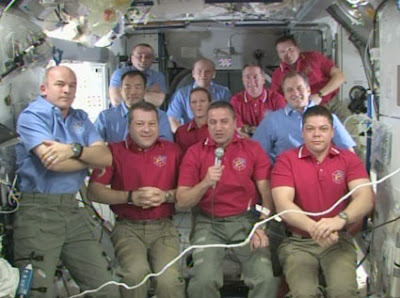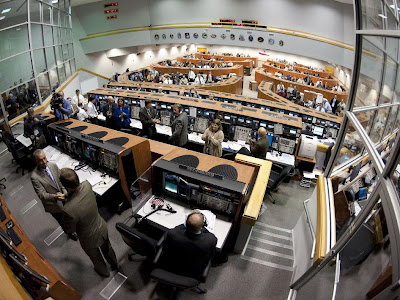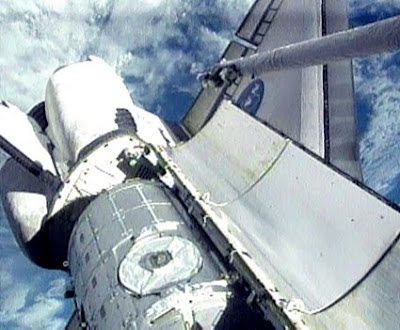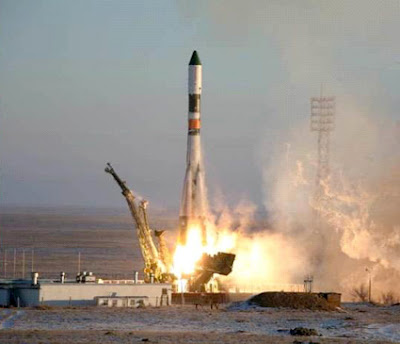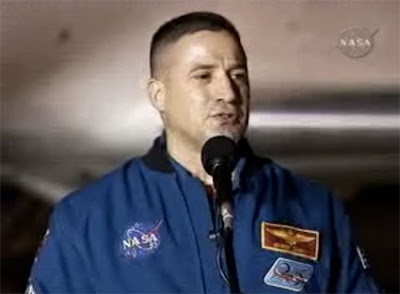
PASADENA, Calif. -- NASA's Jet Propulsion Laboratory in Pasadena, Calif., in conjunction with NASA and the Small Business Administration, are hosting the 22nd annual High-Tech Conference for Small Business on Tuesday, March 2, and Wednesday, March 3, at the Westin Hotel located at 5400 West Century Blvd., Los Angeles, Calif. 90045, near Los Angeles International Airport.
This conference provides a forum for technology-oriented small businesses owned by minorities, women, veterans and service-disabled veterans, and small businesses located in historically underutilized areas or zones, to learn about subcontract opportunities. There, they can meet with major corporations, federal agencies, local government agencies and JPL's purchasing and technical communities.
The conference offers various "how-to" workshops that include detailed explanations about conducting business with JPL and the federal government, and discussions of emerging technologies and JPL's future technological needs.
The workshops are designed to improve business development and strategy skills for small businesses. Workshop speakers and panelists are selected for their expertise in procurement and high-tech programs. The featured keynote speakers are chosen for their contributions to small business.
"The objective of the conference is to assist small businesses in acquiring contract work with large, technologically-driven, successful companies, while simultaneously helping JPL meet its socioeconomic goals," said Martin Ramirez, manager for the Business Opportunities Office at JPL.
Due to limited space, only prime contractors and government agencies will be allowed to exhibit. There is no fee to exhibit. Interested and qualified exhibitors should contact Jasmine Colbert at 818-354-8689.
Last year's event drew more than 1,000 attendees, including about 250 prime contractors, various JPL subcontractors and government representatives participating as exhibitors.
Those interested in attending are encouraged to register early for this event. Online registration is available at: http://acquisition.jpl.nasa.gov/boo/2010HT/. The cost for 22nd annual High-Tech Conference for Small Business is $140 per person. Registration deadline is Monday, Feb. 22.
JPL is managed for NASA by the California Institute of Technology in Pasadena.
 Wed, 24 Feb 2010 07:51:25 PM GMT+0530
Wed, 24 Feb 2010 07:51:25 PM GMT+0530


